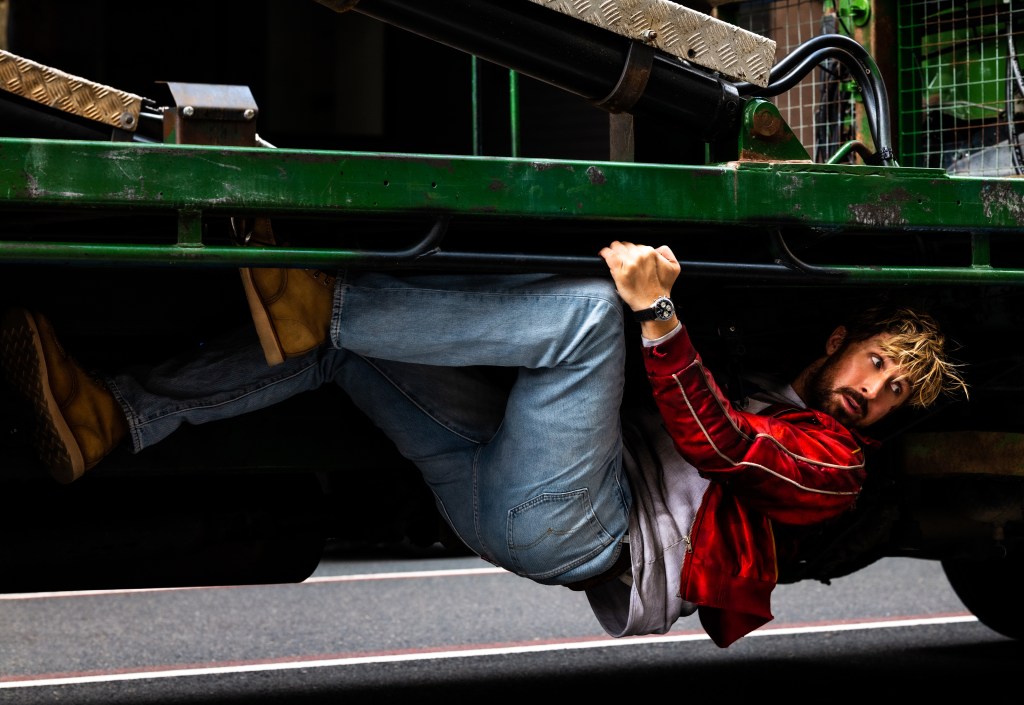The under-the-radar but always enjoyable sci-fi franchise, the Apes films has always impressed with its top-tier CGI department and Shakespearean approach to storytelling taken straight from the James Cameron school of action cinema. With this new entry, Kingdom of the Planet of the Apes (2024), the franchise has evolved and shifted towards a more intimate scope, without lacking its compelling and nuanced storytelling vision. This latest entry is less interested in the do-or-die existential struggle for primates and humanity survival as a whole and more interested in the young individuals (on both sides) finding their place in an ever-shifting world. The Apes films have never been more relatable than with our hero Noa (Owen Teague), a young prince to a quiet colony of apes whose avian-centric culture shuts off the outside world, focusing on the establishment of their slice of the brave new world.
With Matt Reeves moving on to darker pastures with The Batman (2022), Wes Ball, central filmmaker for the Divergent franchise, has taken the keys to this generation-spanning tale of legacy and evolution, merging into his familiar abode of adolescents staking a claim in an uncertain, dystopian future.
Kingdom begins with a coming-of-age trial, as Noa and his companions, Anaya (Travis Jeffery) and Soona (Lydia Peckham), attempt to climb an overgrown skyscraper (in one of many evocative world-building choices the creative team have made here), in pursuit of eagle eggs to take home. The sequence is thrilling and economical in its storytelling, as the trio swing from floor to floor, learning just enough about each character to satisfy a full film. A central tenet of this trial is to always leave an egg behind, allowing the eagle cycle to continue mostly uninterrupted. As we come to learn of other colonies throughout the film, the acceptance of the eagle clans’ place in the wider ecosystem is stark and increasingly emotional as we see Noa having to adapt and find his own place in the world.

What allowed the trilogy of modern Apes films to maintain a strong dramatic narrative is the Caesar character, seen from birth to death, performed extraordinarily across the films by the great Andy Serkis, the king of motion capture filmmaking. Serkis gave Caesar a soul deeper than skin and fur humanity, and his absence is plainly felt here, even as technology has rapidly grown.
Kingdom sets itself apart from the previous Apes entries with its relationship with humans through its far-future setting. Noa and his companions stumble upon the mercurial Mae (Freya Allen), a seemingly feral scavenger of a human, isolated from ape kind and potentially one of only a few humans on the continent. The film thrives when Noa is forced into trusting either Mae or the film’s domineering antagonist: the cunning and powerful Proximus Caesar (Kevin Durand). Whether Promixus is a true successor to the previous film’s Caesar is only vaguely touched upon, with both potential answers to that question compelling. This question of legitimacy and Durand’s sly performance add a richer depth of storytelling to the film’s villain, solving an issue the previous trilogy of Apes films have suffered from.
The exploration of religion in this Simian civilisation is compelling and something that was taking its first steps in War of the Planet of the Apes (2017), with the word of Caesar holding an incalculable weight, leaving an enormous hole in their society after his passing. In this new film, Ball and screenwriter Josh Friedman explore these teachings of Caesar through both Raka (Peter Macon) and Proximus. While Raka seeks to use Caesar’s words to teach cohabitation and compassion across Simian and humankind, Proximus uses the recurring “ape together strong” franchise moniker to dominate other apes, folding them into his fascist empire.

Similar to the previous entry War, Kingdom is interested in whether this new emerging primate civilisation is inherently similar to humanity or has become similar through their knowledge of humanity’s past through the characters’ desire to survive and dominate all others. The second half shifts towards a fight for survival between Mae and Proximus to break into an American army vault, with Noa stuck in the middle, disagreeing with both. While altogether a satisfying climax, these moments feel closer to retreads of similar set pieces and ideas than anything fresh and exciting to allow Kingdom to stand on its own in this enduring franchise.
There are suggestions of a continuation of this story at its conclusion, comically implying the franchise’s intentions to leave no stone unturned towards arriving amongst the zany 70s entries in the Apes story. But, even with our modern addiction to Hollywood IP storytelling, Kingdom of the Planet of the Apes still manages to continue developing a vision for a more interesting and creative version of franchise cinema.
Kingdom of the Planet of the Apes is in theatres now.

















